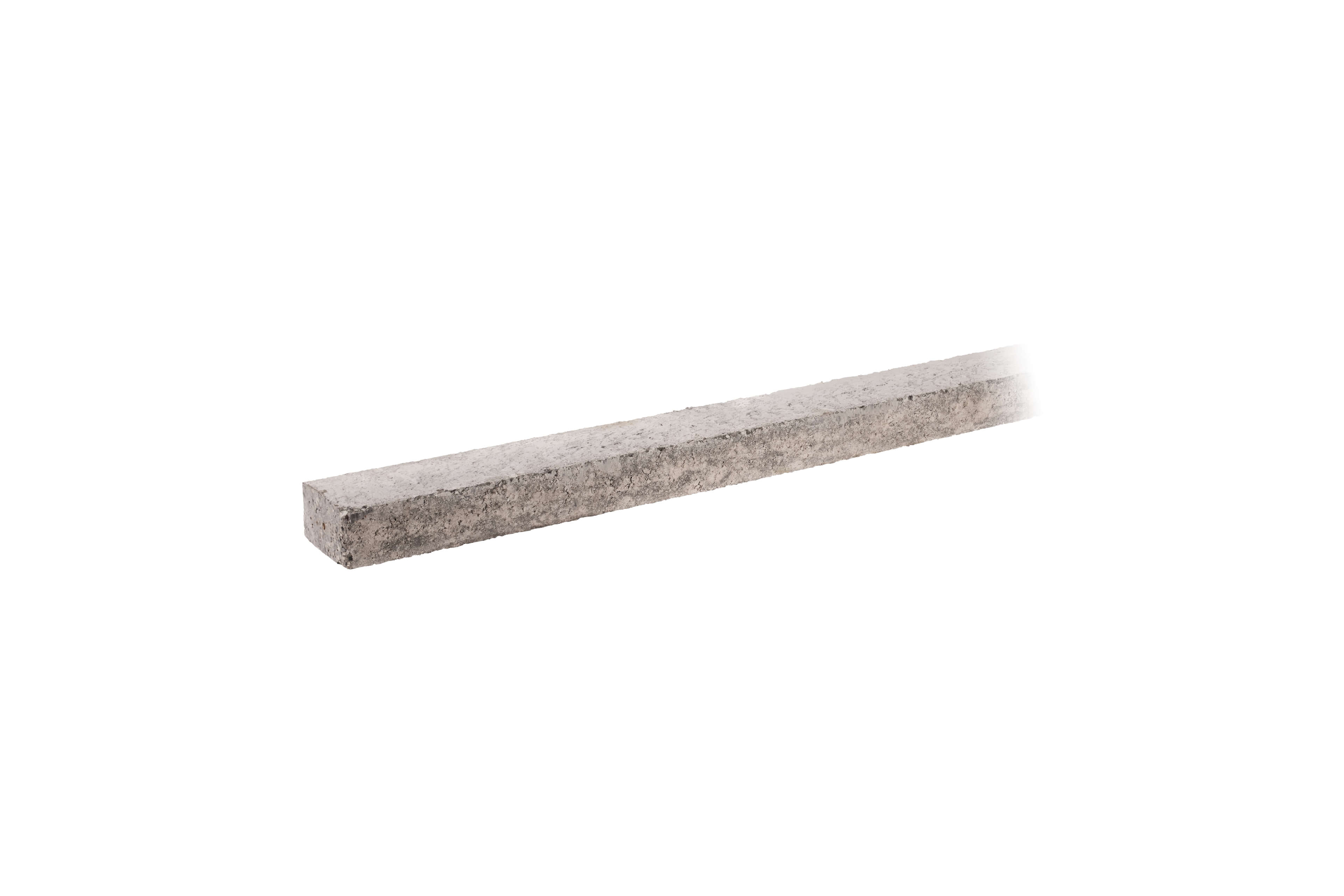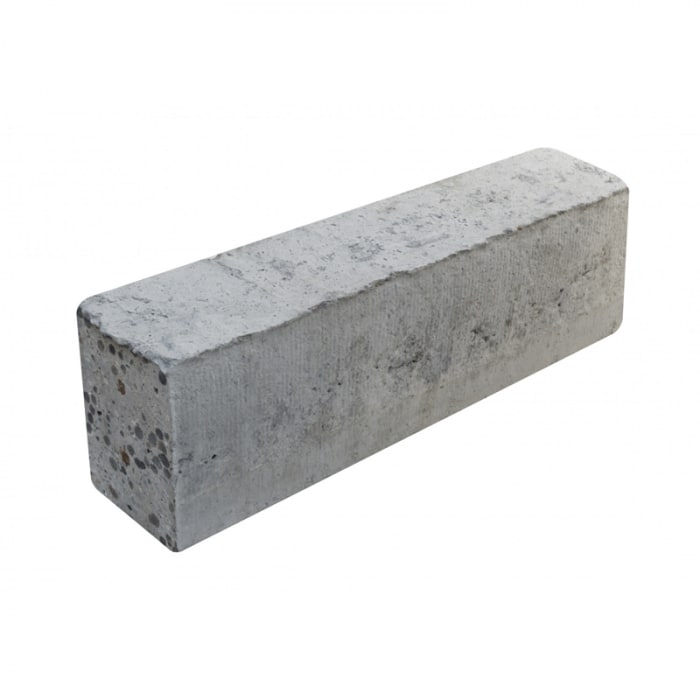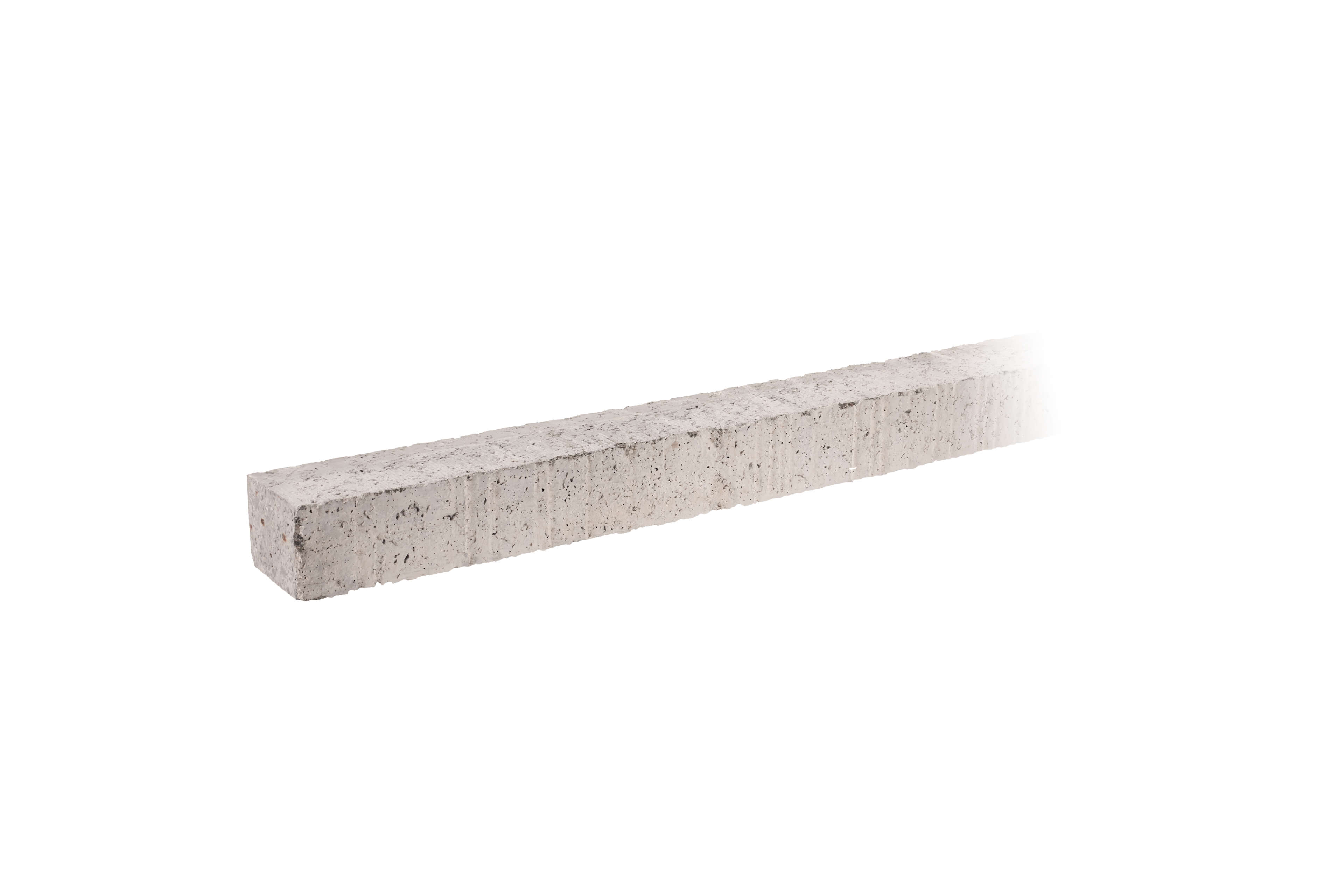Lintels
(50 Products)Lintels are essential load-bearing components used in construction to bridge openings like doors and windows. By transferring the weight of the structure above to the surrounding masonry, they allow for safe, stable gaps in walls without compromising the building’s strength.
What Are Lintels?
Lintels are horizontal supports that bridge an opening in a wall.
Their job is simple but critical: shift the load sitting over a gap to the masonry at either side so the wall keeps working as a single unit.
Without a lintel, gravity would force the bricks and blocks above an opening to sink, bow, or split apart.
Why They Matter
- Load Management: A lintel spreads weight that would otherwise press straight down onto a weak spot.
- All-Round Stability: It handles dead loads from the wall itself as well as live forces: wind, vibration, and the movement of people or machinery inside the building.
- Design Freedom: Because that load is under control, architects can carve wider, taller, or multiple openings into a facade without fearing structural trouble.
Common Materials
- Concrete: Widely used, inexpensive, often reinforced to tackle heavier spans.
- Steel: Slim, strong, and perfect for broad openings; supplied galvanised or powder-coated to fight corrosion.
- Timber: Chosen for its appearance in certain residential builds; normally combined with metal straps or plates for extra strength.
- Stone: Ideal for heritage work or high-end projects where appearance matters as much as performance.
Picking the Right Lintel
- Know the span and the load. Measure the gap, calculate what’s sitting above it, then check manufacturer tables or an engineer’s spec.
- Match the material to the setting. Coastal sites punish steel, and damp interiors rot timber, so choose accordingly.
- Think about future movement. If the opening will carry extra weight later, say, a loft conversion, allow for it now with a stiffer section or a deeper beam.
Installation Basics
- Bed the lintel level on sound bearings at each end; uneven support is the quickest route to cracks.
- Prop underneath until the masonry above has cured.
- Follow fixing guidance, many steel lintels need restraint ties or clips to marry them to the brickwork.
Looking After Them
Most lintels need little more than an occasional glance.
- Rust on steel, spalled concrete at the edges, or hairline cracks in a stone head all flag the same thing: get it checked before the problem spreads.
- A quick wire-brush and paint on a steel lintel section or a small patch repair in concrete lintels can add decades to its life.
Frequently Asked Lintels Questions
What Does Fair Faced Mean In Construction?
Fair-faced concrete, otherwise known as decorative concrete, takes aesthetics into account during the mixing process. As opposed to traditional mixes that are typically heavier and rougher, this type of concrete is much smoother and lighter; it does not require any veneers or painting.
What Would Happen To A Structure Without A Lintel?
If a lintel is not present within a structure, the weight of the brickwork above a door or window would rest solely on the frame.
A lintel, however, redistributes this weight to the surrounding masonry on either side of the opening, reducing the stress on the door or window frame and preventing any damage to the structure.
What Is The Minimum End Bearing For A Lintel?
The lintel should typically stretch at least 150mm from both sides of the opening, but under certain conditions, a minimum projection of only 100mm is allowed (be sure to consult with your supplier or manufacturer for details).
To avoid wasting resources and money unnecessarily, however, it's best not to extend beyond this measurement.
Can Lintel Be Used Decoratively?
Lintels are a perfect marriage of form and function, boasting both structural support and aesthetic appeal.
Ornamental lintels can be simply an eye-catching horizontal embellishment adorning the top of your doorframe, or they may come in different materials such as wood or metal for added strength while also contributing to the overall look of your home.
Examples of ornamental lintels can be found adorning the hypostyle halls and slab stelas of ancient Egypt, as well as in Indian Buddhist cave temples carved from solid rock.
What's The Difference Between Single Leaf, Double Leaf & T-Beam Lintels?
Single-leaf lintels are typically used for small openings, such as those for windows or doorways, while double-leaf lintels are typically used for larger openings, such as garage doors. T-beam lintels are designed to support loads from two directions.












